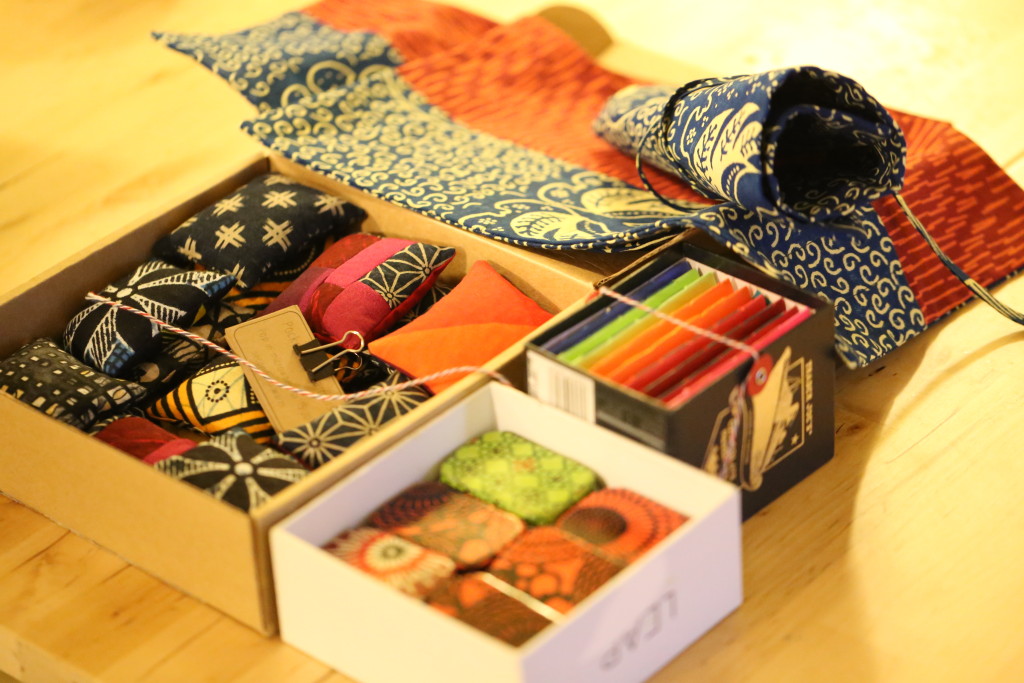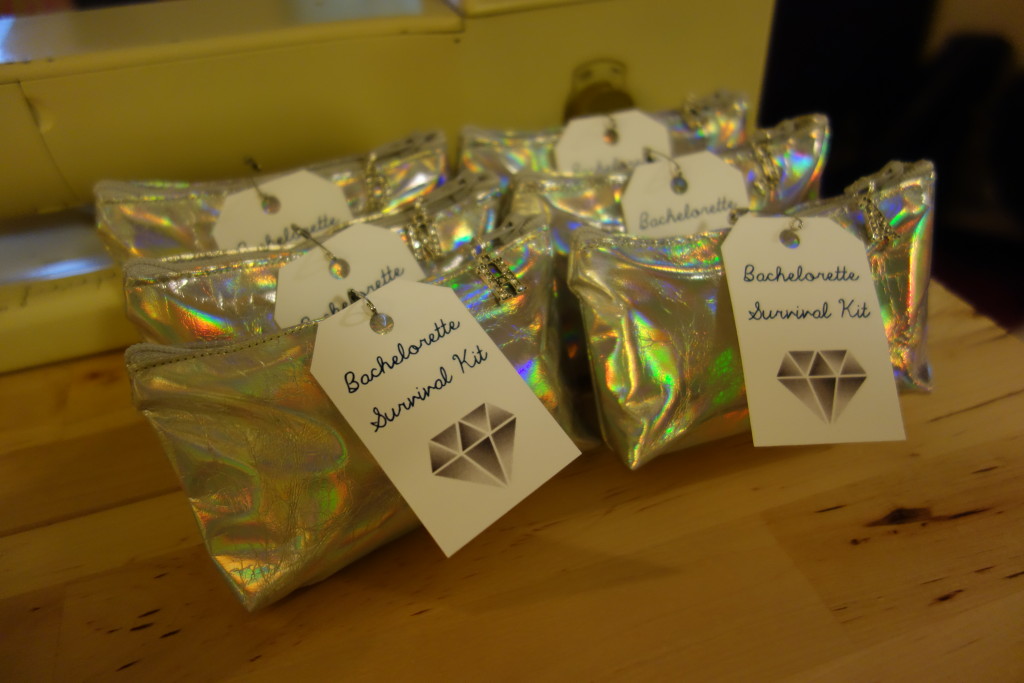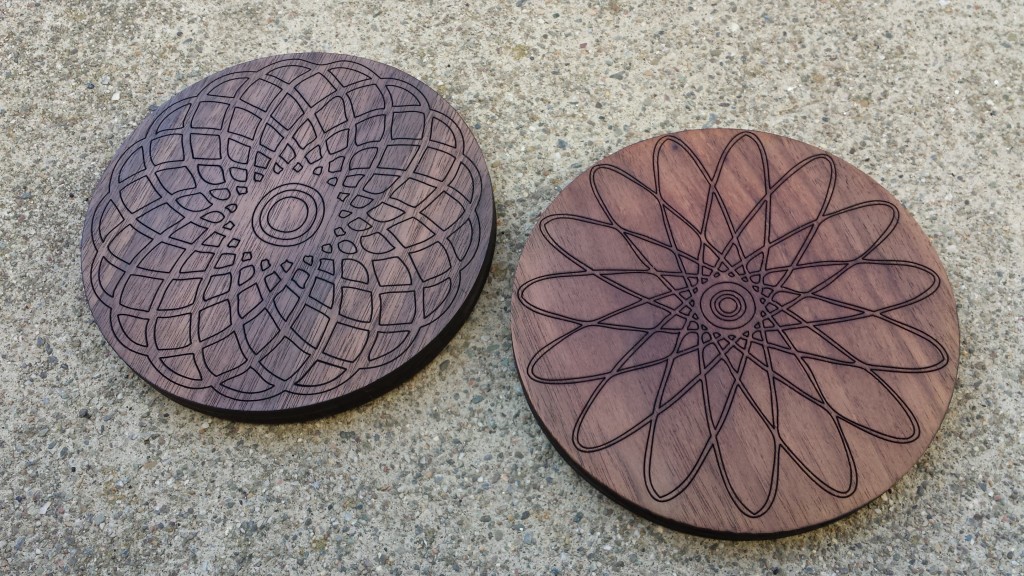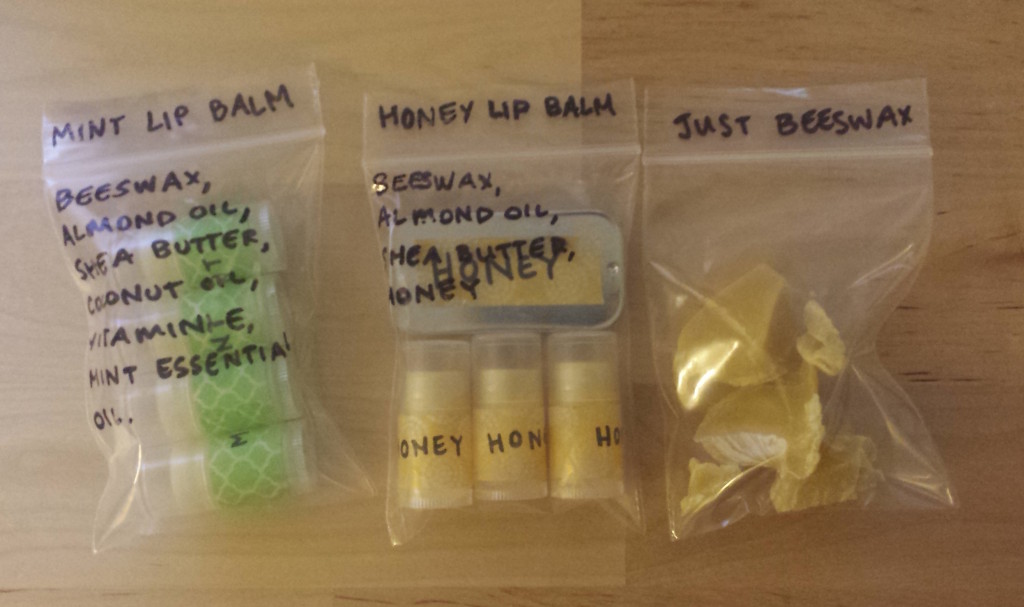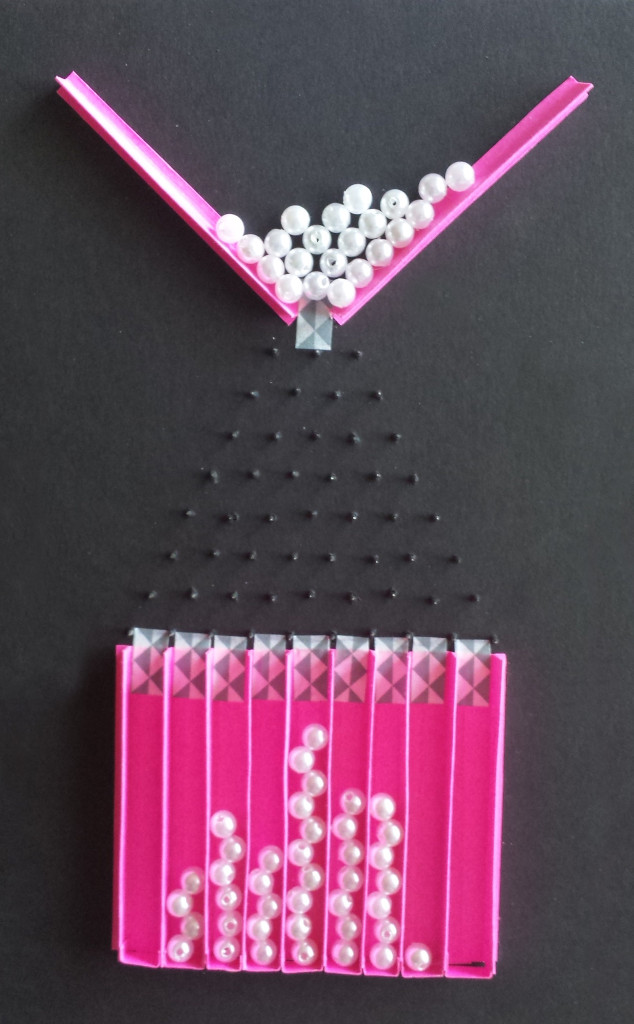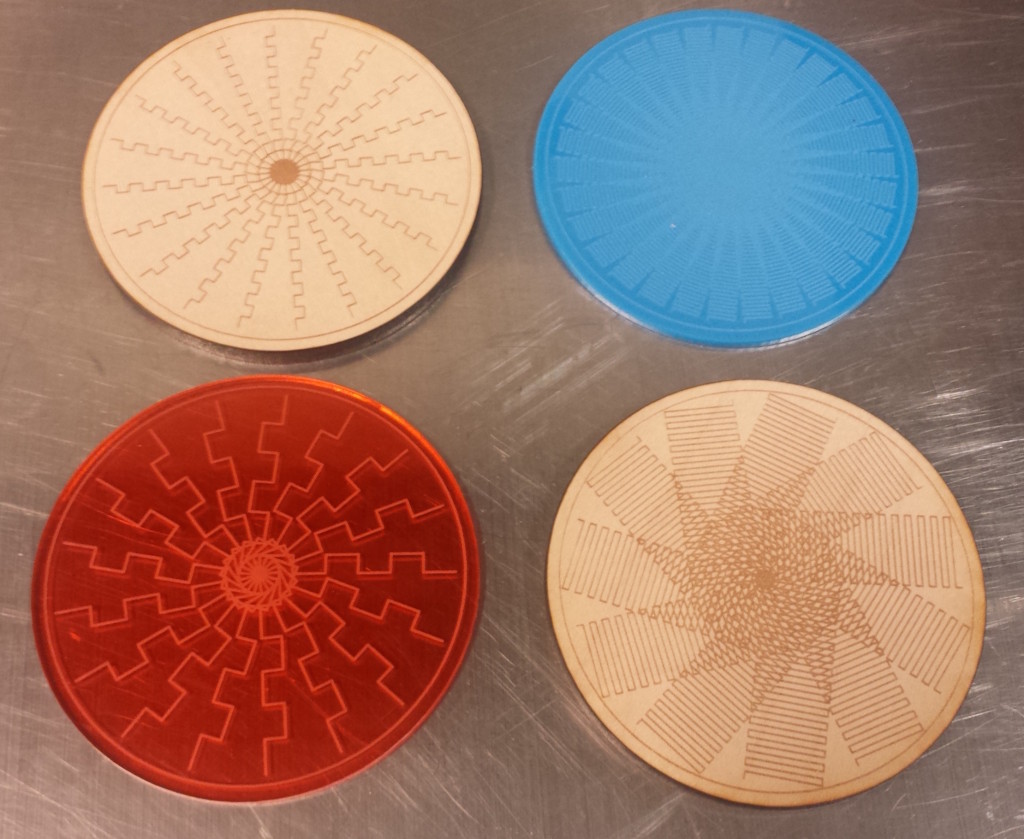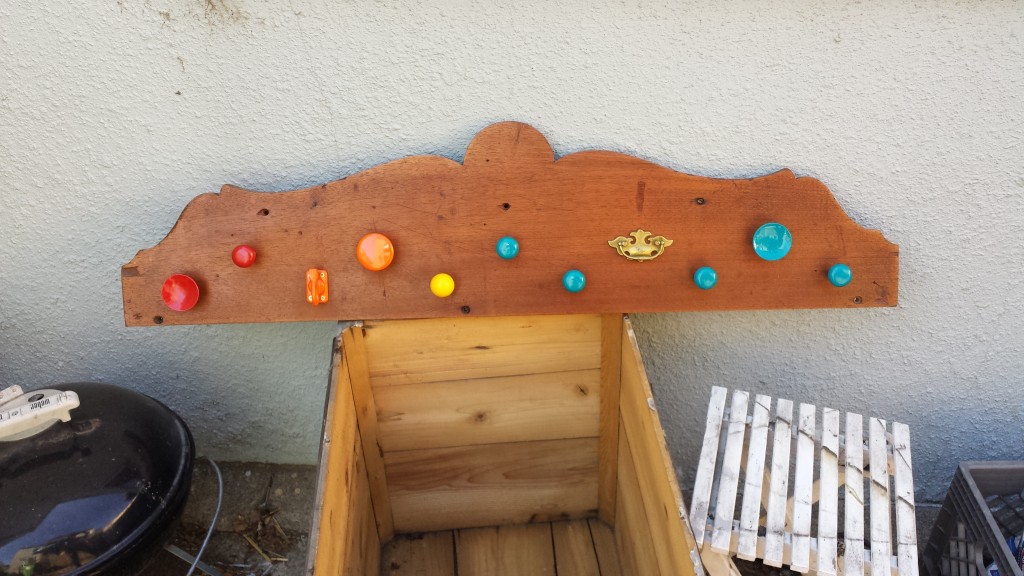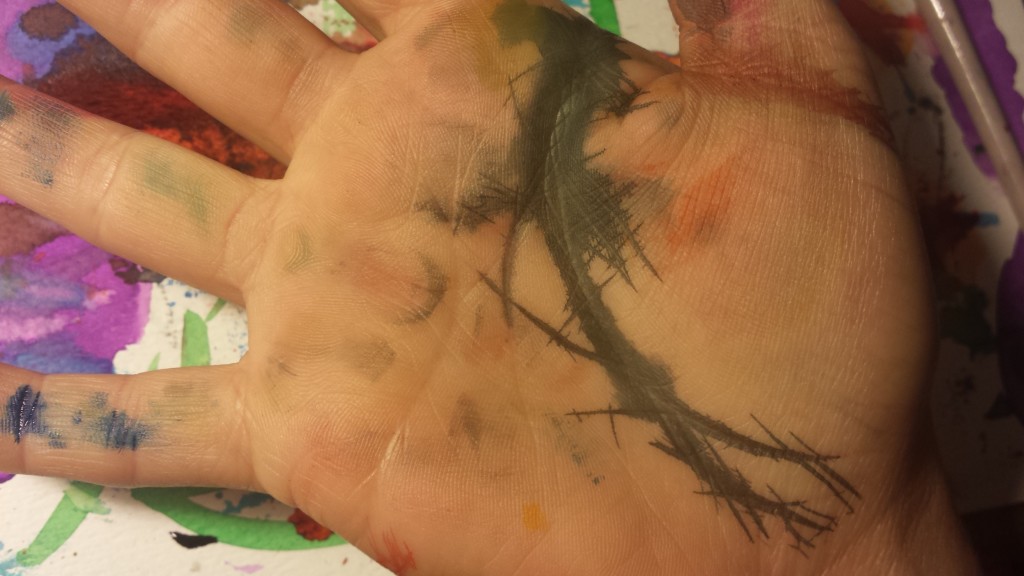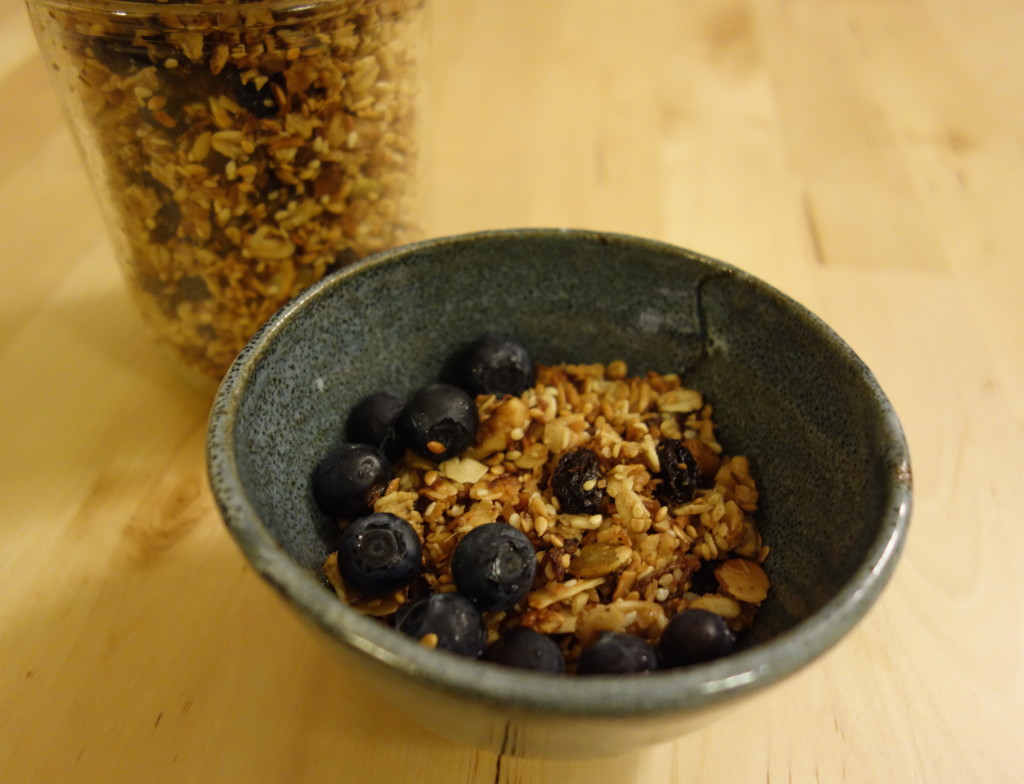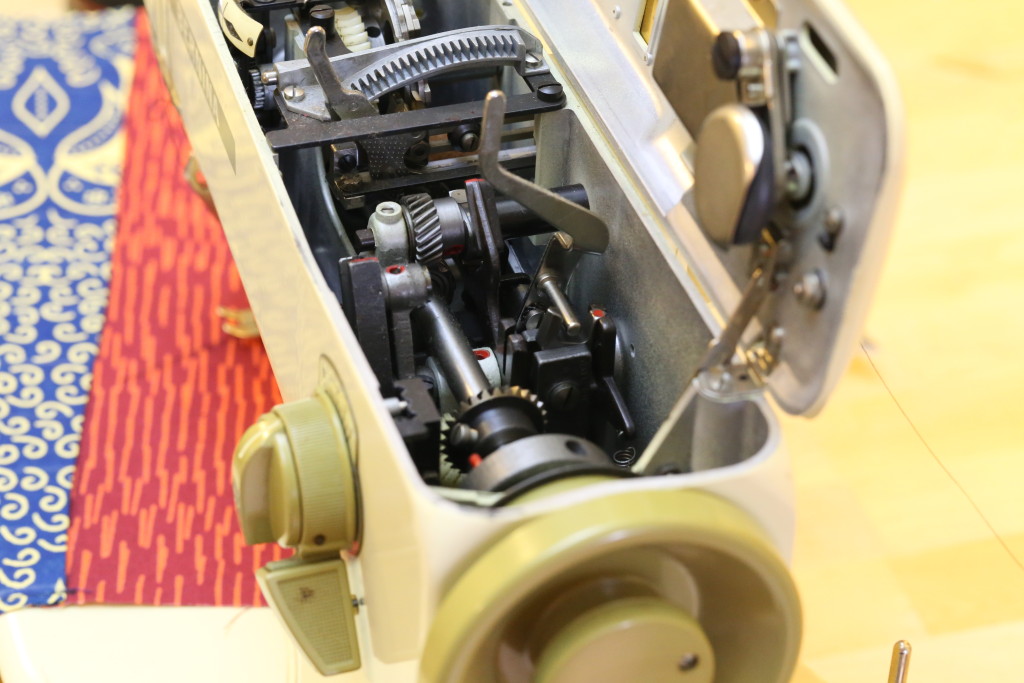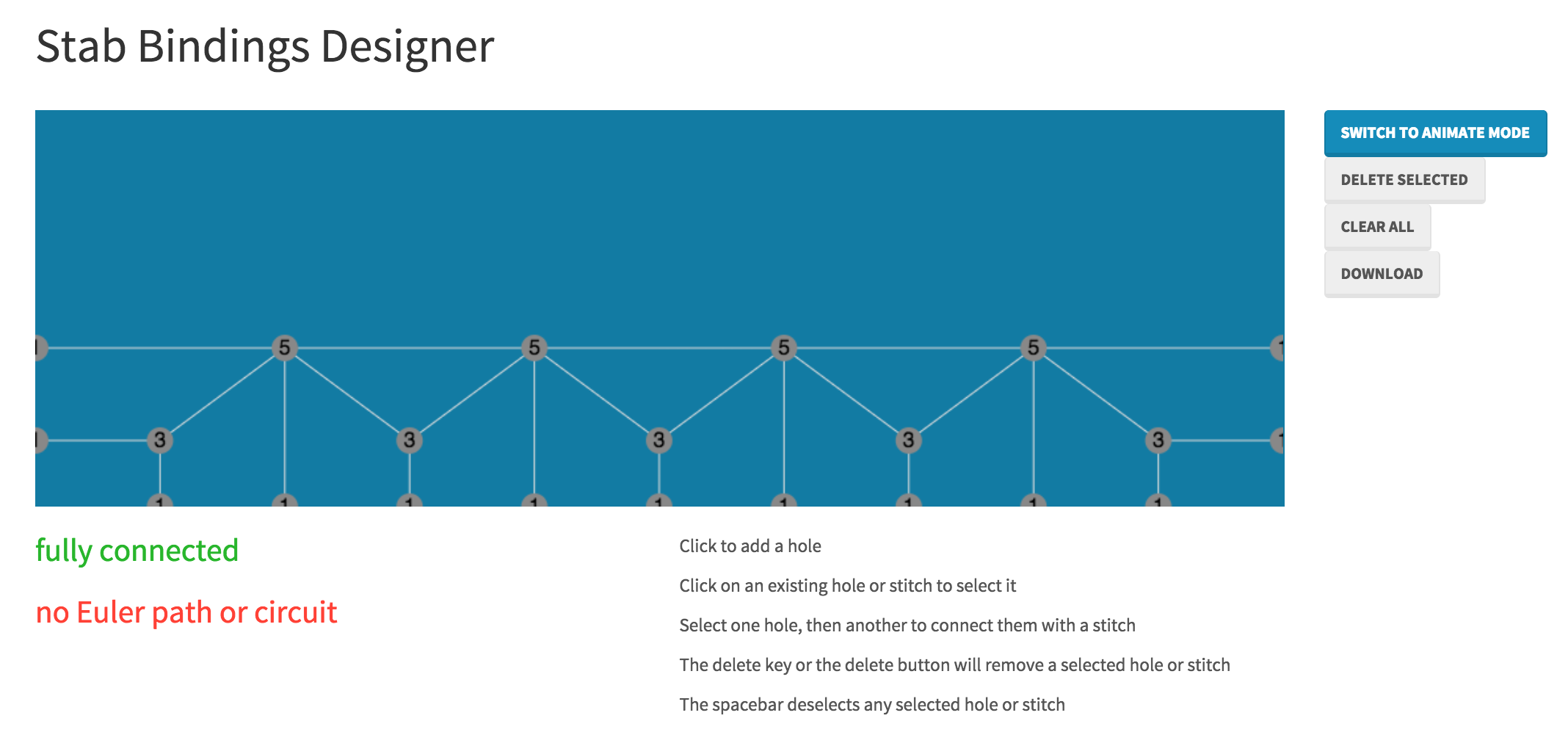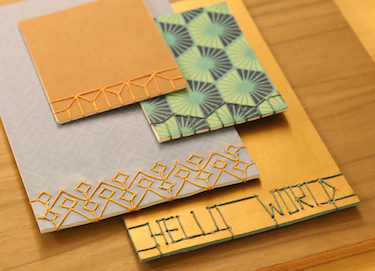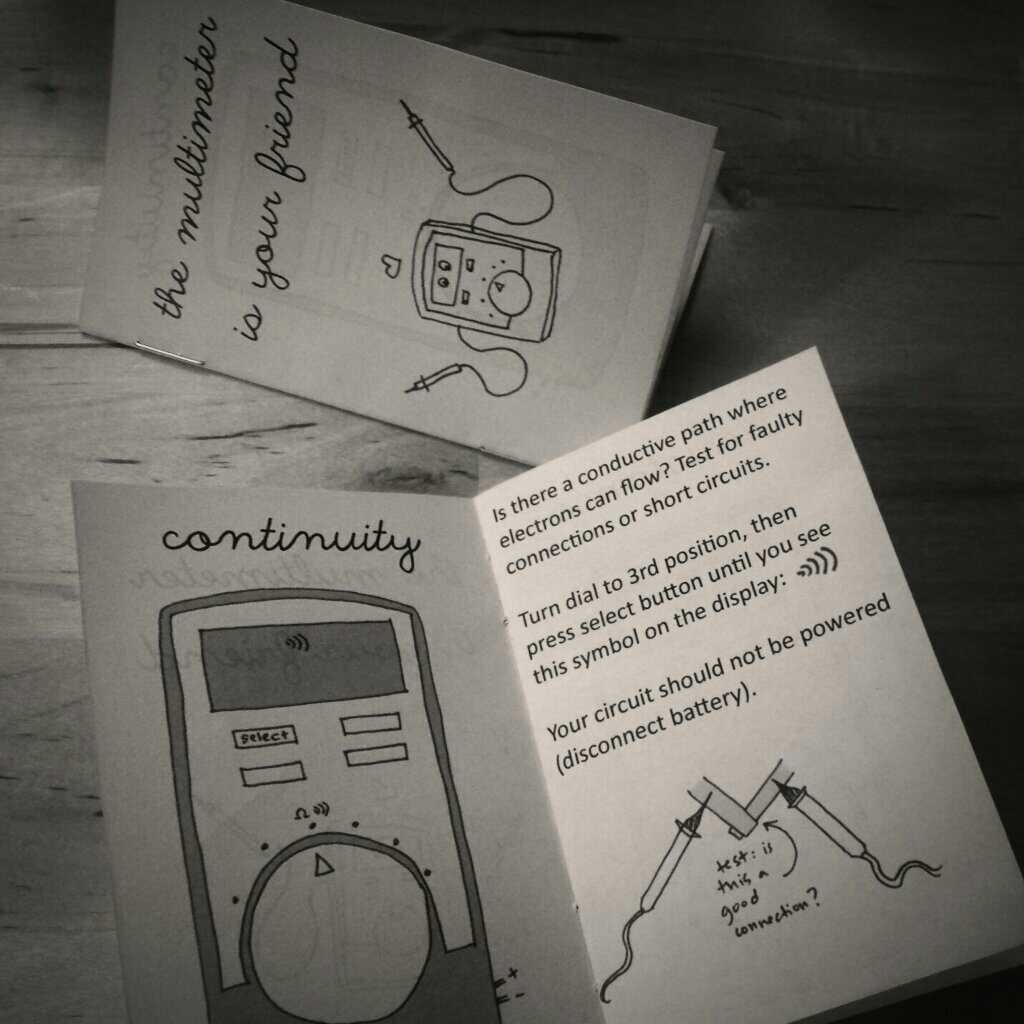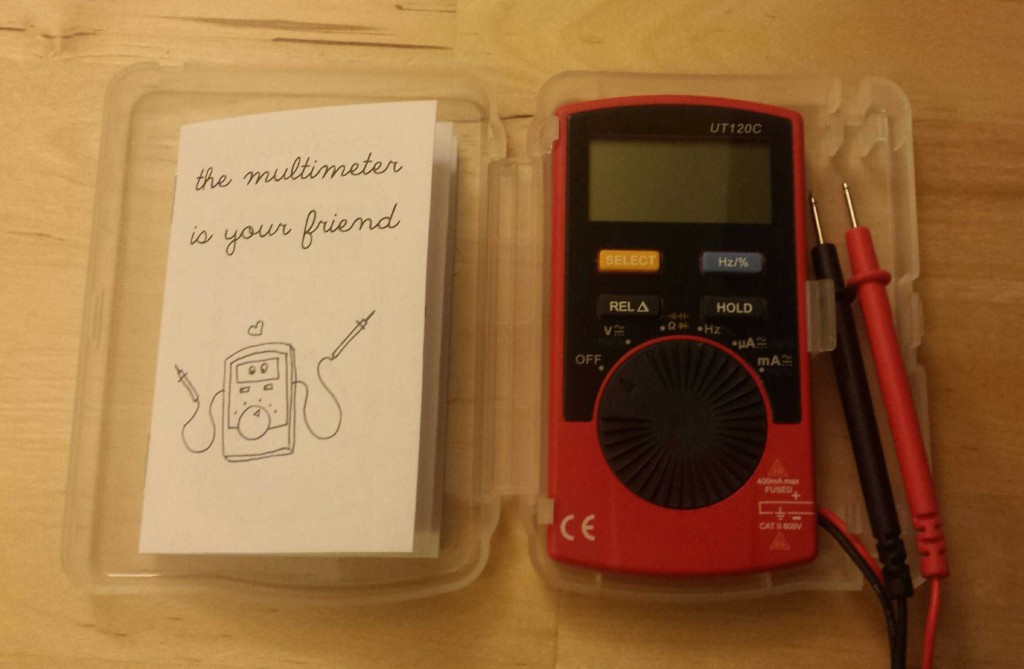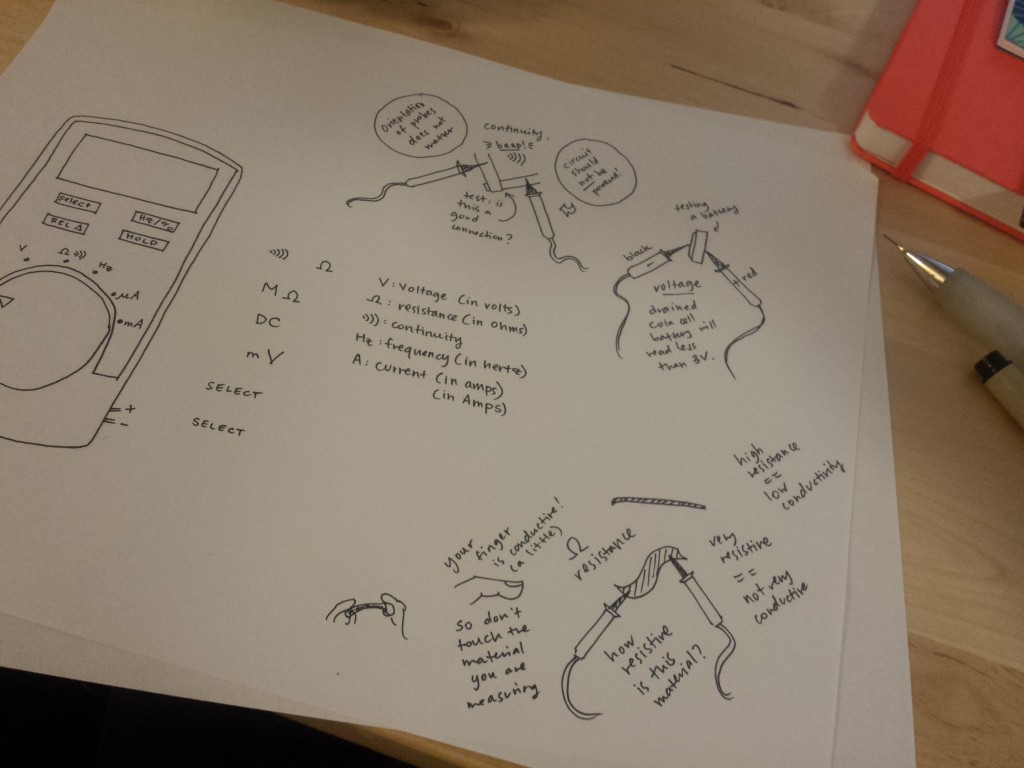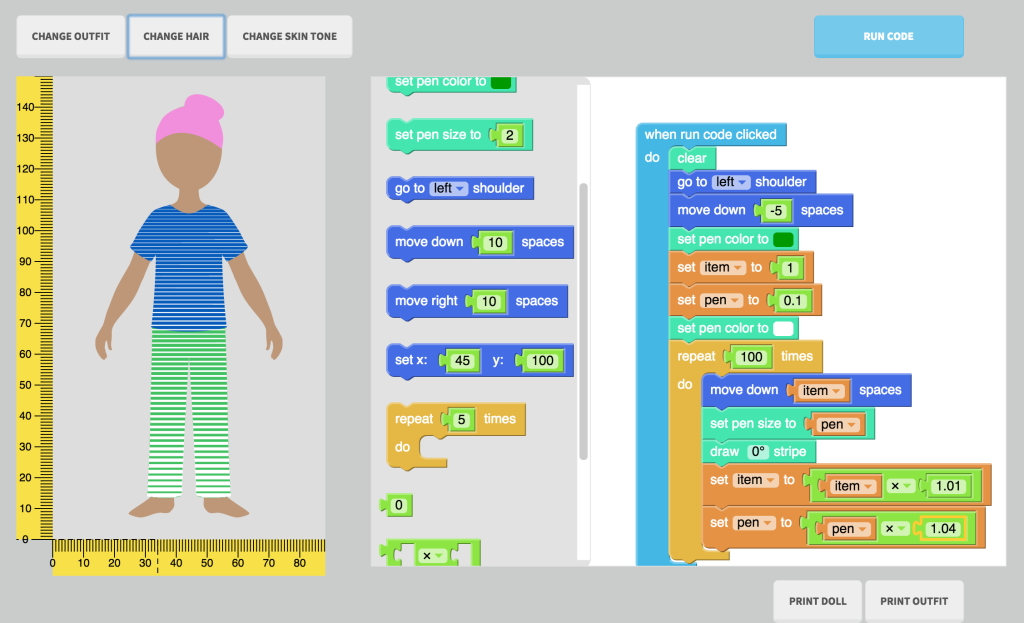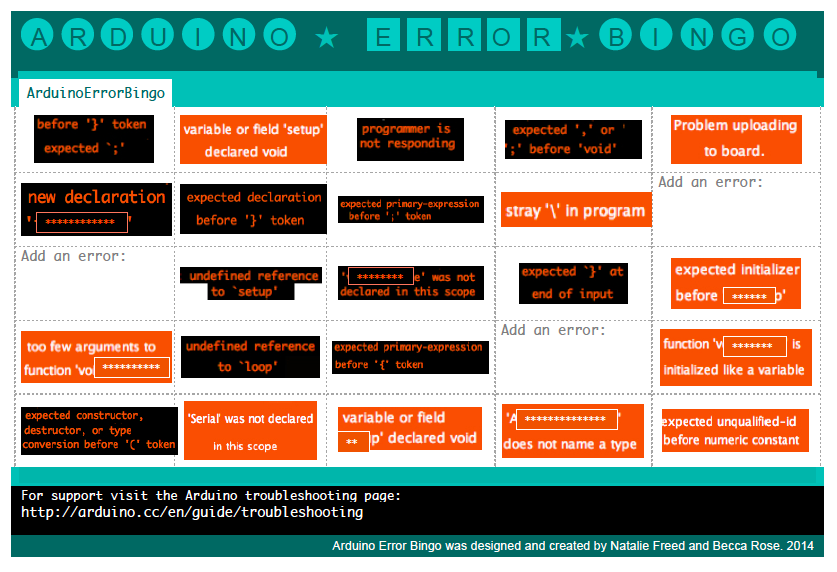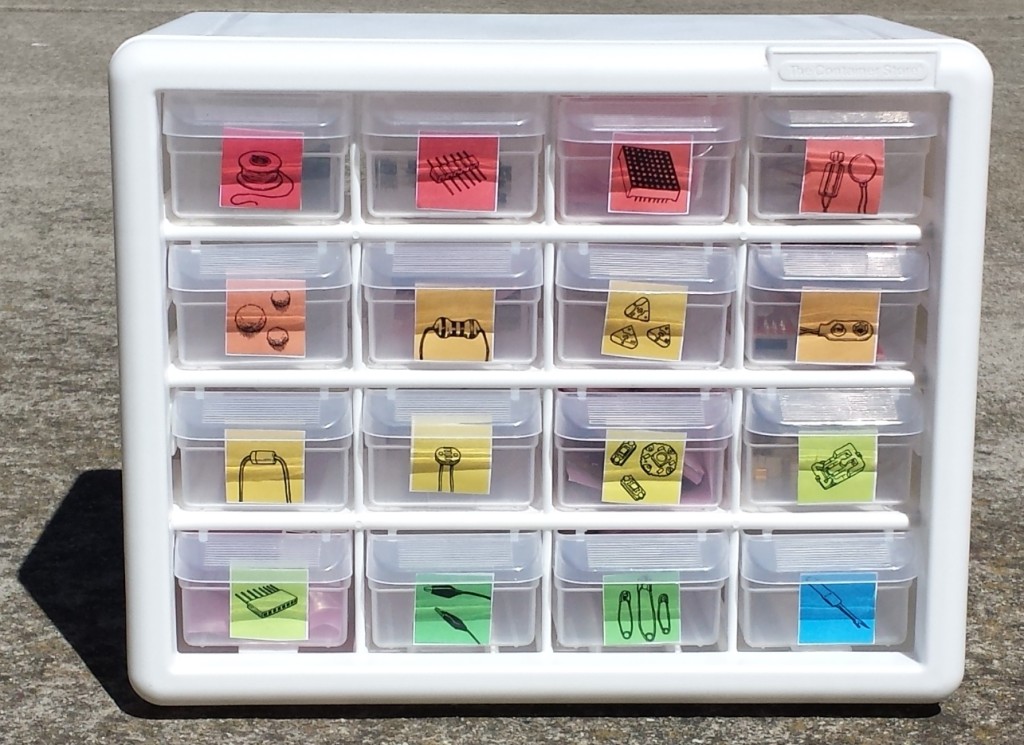I hear and read this question all the time: how do I get my daughters/kids interested in STEM? (for those who haven’t heard this acronym before, it stands for “Science, Engineering, Technology, and Math,” sometimes expanded to STEAM to include Art).
I generally agree with most of the advice given: access to interesting, hands on materials, encouraging curiosity and exploration, exposing them to inspiring examples and role models.
However, as a teacher I sometimes wonder about the effect on kids of labeling some activities more “stemmy,” and therefore more awesome. Looking back, I feel incredibly grateful to my parents that I don’t recall a single thing I did as a kid being labeled one way or another.
I am by some definition a STEM-kid success story. I have several degrees in Computer Science, and another from MIT in a technology research program (Media Lab). I now teach programming and electronics and am thoroughly immersed in making things in the world of computing.
However, as a high schooler and younger I was mostly the kid that would probably make the parents asking the STEM question panic! I wanted to be a princess for most of my young childhood and forced everyone around me to role-play as various members of the royal family. I loved reading novels and making crafts. I enjoyed computers, but mostly used them to write dramatic fantasy stories, look up origami diagrams and pictures of bunnies, and make art (I still think Kid Pix is the best piece of software ever written). In 9th grade, my dad encouraged me to take a programming class. I hated it and dropped it after a semester.
So how did I end up in STEM? In college, after starting out as an industrial design major and dabbling in psychology, I took another programming class and got hooked. Fast forward 10 years: I’m still in love with the field, and keep discovering new intersections with my other interests, from crafts to education.
Sooo…what’s the point? I feel like my parents gave me room to pursue my interests without stressing out about how STEM they were.
When I hated that first programming class (I can tell that story another time!), my computer scientist dad said “sorry you had a bad experience!” and helped me drop the second semester of the class. He never pushed, but continued to invite me to different kinds of tech events.
When I asked for a sewing machine around 10 years old, my mom got me one for my birthday. As an adult I learned that her very traditional homemaker mother had taught her to sew with the idea that she would follow a similar life path to her own. My mom “rebelled” and became an electrical engineer, yet was completely supportive of her daughter’s (my) interest, to the point where it didn’t occur to me to question it. I spent many happy hours making doll clothes, and taking the darn thing apart every 20 stitches or so when it tangled horribly. Now I’m quite comfortable taking apart all kinds of machines, and I have a much better intuition for solving engineering problems that require understanding complicated topologies, and how flat pieces turn into curves.
I feel like I’m falling back into the STEM trap in the way I am describing some of these things, as though these seemingly unrelated activities were justified by turning out to have some connections to engineering. I was trying to make the point that my parents were totally okay with them not going that direction, and this gave my siblings and me a really important kind of freedom. My sisters went into art, animation, music, film, fashion. One brother went into philosophy and education, the youngest two love cooking, art, poetry, writing, sculpture, music, video games.
Just to close, I absolutely disagree with people who say that it’s a true meritocracy, and girls who are interested will just find their way into STEM fields on their own. There are a lot of barriers along the way, including toxic culture, societal expectations, and the sorts of toys marketed to girls vs. boys. That “inspirehermind” ad literally made me cry the first time I saw it (GIVE HER BACK THAT POWER DRILL RIGHT THIS SECOND WHAT ARE YOU THINKING?!!!!!!) (and the Youtube comments are even more painful).
Also, I think I’m understating here how much my parents were role models and examples of gender equality, beyond exposing me to different activities. They didn’t actually show me all that much of what they did at work until I was much older (“they work with computers or something”) but it was their casualness about it all that made a world of difference.
I guess I’m suggesting: definitely do expose your kids to lots of interesting tools, materials, ideas, and people. But then don’t panic too much if your kids have lots of interests, and they don’t seem very STEM to you.
Also, if we’re bringing shop class back to the 21st century, how about home ec, too?
